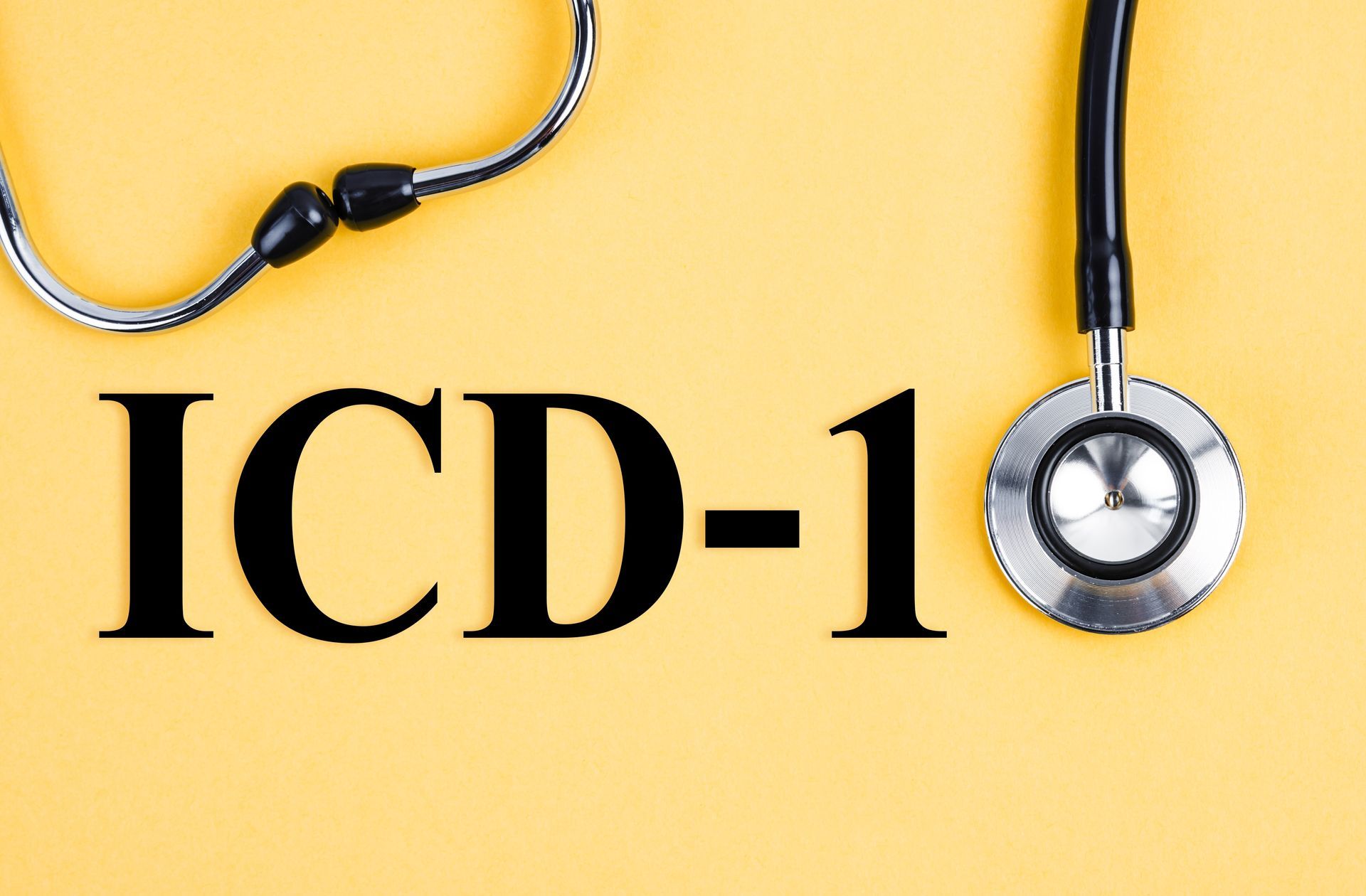It’s that time again—ICD-10-CM updates are rolling in for FY 2026, and the coding landscape is evolving across multiple specialties. From digestive symptoms to genetic markers and even eyelid inflammation (yes, really), here’s a rundown of the key changes coming your way, with just enough detail to keep your charts clean and your audits happy.
🚨 GI and Abdominal Symptoms: Getting Specific
The R10.2 series just got a lot more granular. Sixteen new R codes have been added to describe pain and tenderness with pinpoint precision—from pelvic and perineal to abdominal and flank regions. This boosts documentation quality and reflects more accurate patient complaints, so goodbye vague belly pain, hello specificity.
Also worth noting: Cannabis hyperemesis syndrome (CHS) now has its own code—R11.16. If you’ve seen patients dealing with chronic nausea and vomiting from long-term cannabis use, now you can capture that clearly in your coding.
Plus, there are five new codes for documenting costovertebral angle tenderness, so you can now differentiate what was once a catch-all.
🧬 Immunology & Labs: Serum Codes Restructured
Code R76.8- has been converted to a parent code, with R76.89 added to cover unspecified elevated immunoglobulins. This lets you code immune abnormalities with greater clarity, especially when lab values don’t fit neatly into other categories.
💡 Z Codes: Social Context Just Got Smarter
Your social determinants of health (SDoH) documentation is about to get a power-up. Code Z59.86 (Financial insecurity) is now a parent code with three new child codes to help reflect patients’ specific financial hardship situations.
Additionally, new Z77.3- codes let you report exposure to war zones—an unfortunate but increasingly relevant coding option. Food allergy documentation is also getting more specific: milk and egg allergies have new breakdowns under Z91.011 and Z91.012, respectively.
🧬 Oncology: Big News for Genetic Susceptibility
Big updates are coming in cancer genetics:
C50.A- is now a parent code for inflammatory breast cancer (IBC).
Z15.06- is your new go-to for genetic susceptibility to digestive system cancers, including Z15.060 for colorectal cancer.
You'll also see changes for neutrophil function disorders (D71.-) and more options under MS diagnoses (spoiler: G35.- is now a parent code).
🏥 ED Coders: It’s Your Time to Shine
New trauma codes are on the scene—S30.11–S30.13 now allow you to specify contusions of the abdomen, groin, and flank.
And if your ED deals with food-triggered anaphylaxis, you’re in luck. You can now document whether patients react to milk or egg but can tolerate baked forms, thanks to codes like T78.07- and T78.080-. It's like a “gluten-free-but-okay-with-sourdough” menu for diagnosis.
🧠 Neuro & Genetics: MS, Usher Syndrome, and More
G35. is now a parent code, expanding options for multiple sclerosis subtypes like relapsing-remitting and primary progressive MS.
You’ll also see new codes for Usher syndrome and other neurodevelopmental disorders linked to genetic variants, under the brand-new QA0.- series.
👁️ Eye Health: Don’t Blink or You’ll Miss It
Chapter 7 brings 19 new eye-related codes, including laterality-specific additions for thyroid orbitopathy (H05.83-) and angle-closure glaucoma (H40.84-). Plus, H01.8- becomes a parent code for eyelid inflammation, so you can finally distinguish right-upper-lid issues from left-lower-lid problems.
💪 Musculoskeletal: Rheumatoid Factor Gets an Upgrade
The M05.A code has been added for rheumatoid arthritis with abnormal rheumatoid and anti-CCP antibodies, enhancing clinical documentation. Additional tweaks include revised descriptions for toe joint issues and myositis ossificans in the upper arms.
🔬 Genitourinary: More Detail in Kidney Conditions
New subcategories under N00.B- and N04.B- now distinguish between idiopathic and secondary immune membranoproliferative glomerulonephritis (IC-MPGN). Plus, N07.B lets you report hereditary nephropathy linked to APOL1—critical for patients with genetic risk factors.
💊 Drug Reactions: Fluoroquinolones in the Spotlight
If you’ve ever needed more nuance when coding adverse reactions to fluoroquinolone antibiotics, now you’ve got it. The new parent code T36.A- allows for specifying accidental poisoning, underdosing, or adverse effects.
Need the Full List?
Bottom Line
More codes, more specificity, and more room for accuracy. Whether you're on the frontlines of the ED, managing oncology charts, or cleaning up MS claims, these updates are designed to align better with real-world clinical detail and evolving care scenarios.
Stay sharp, coders—the ICD-10 game just leveled up.








Share On: